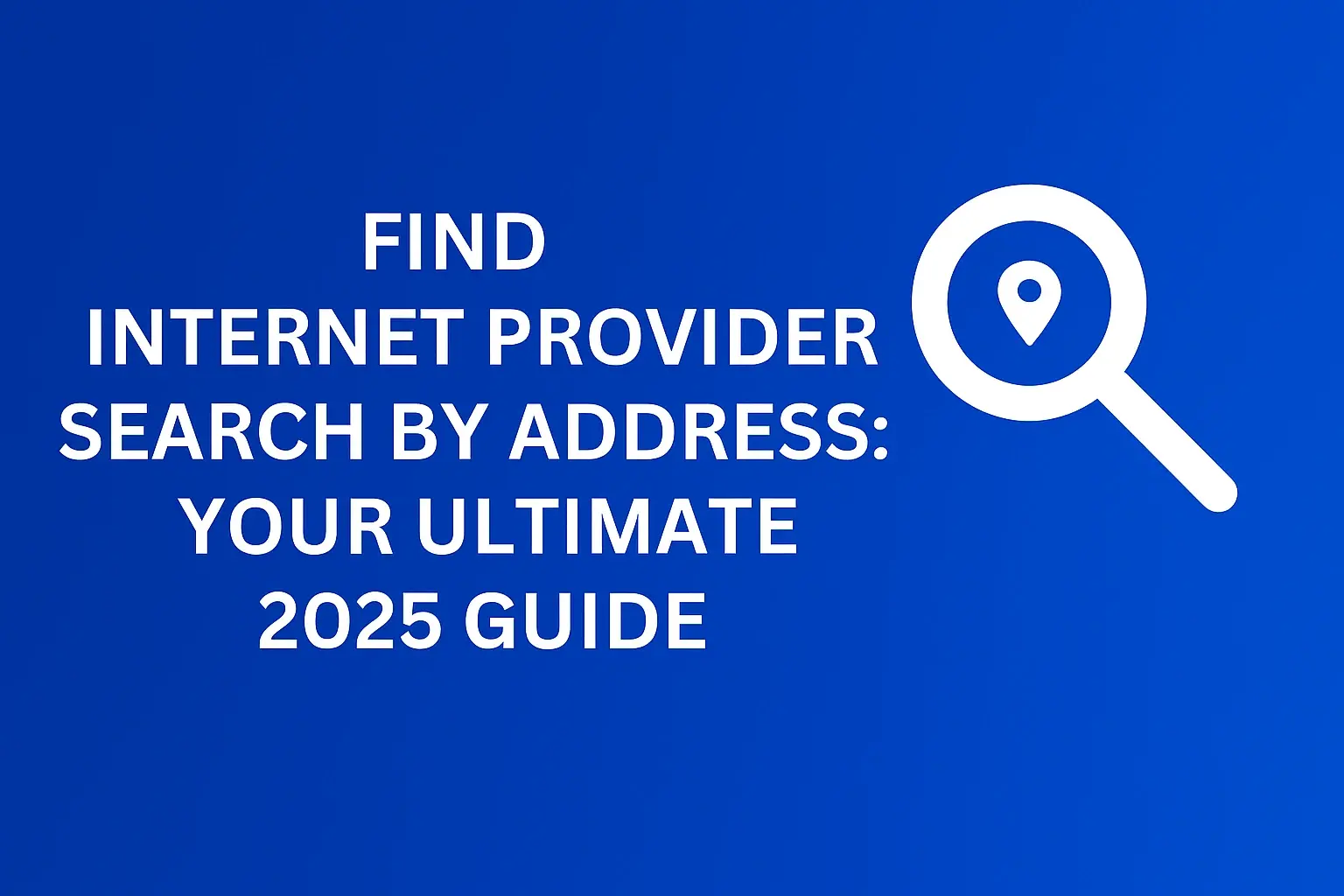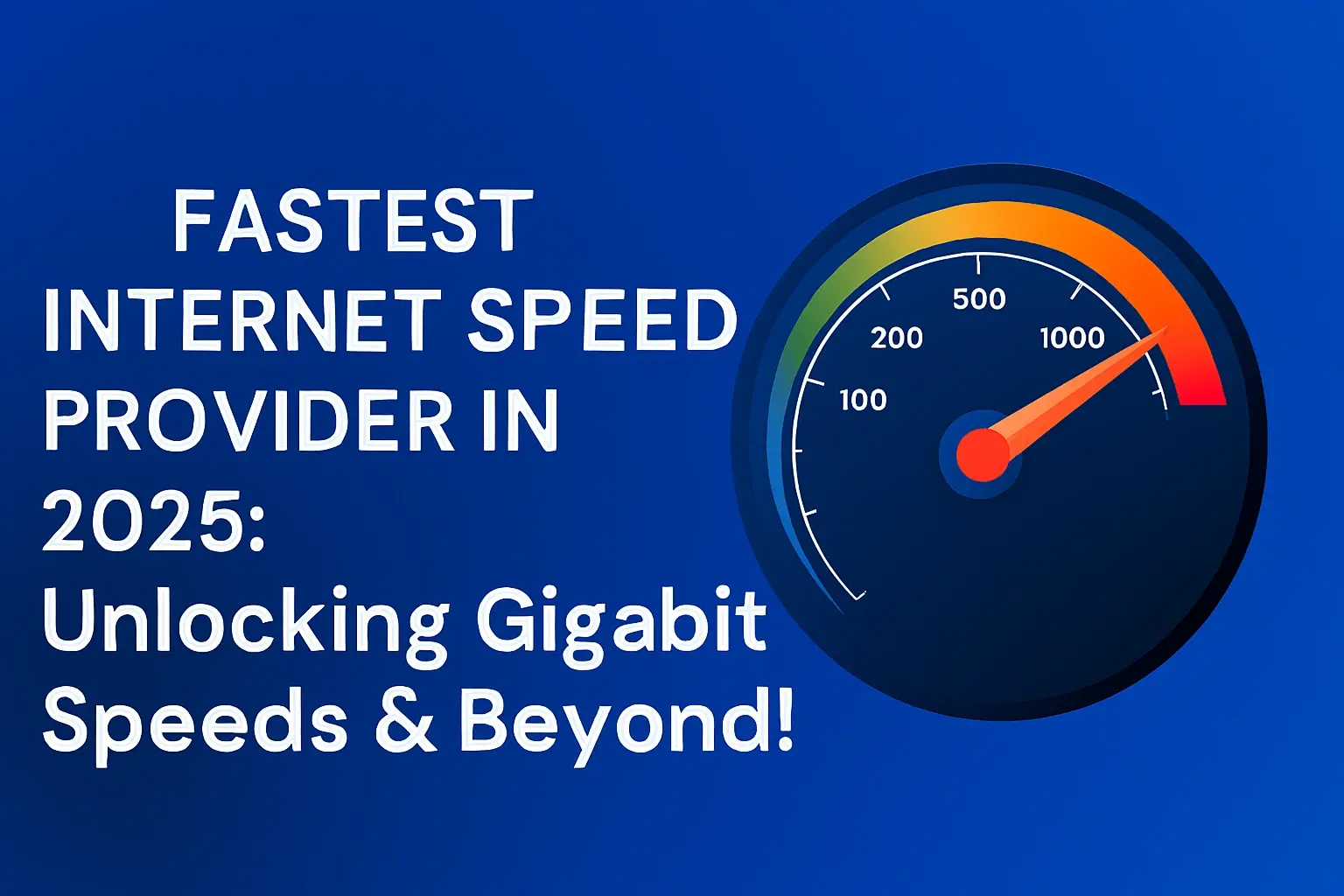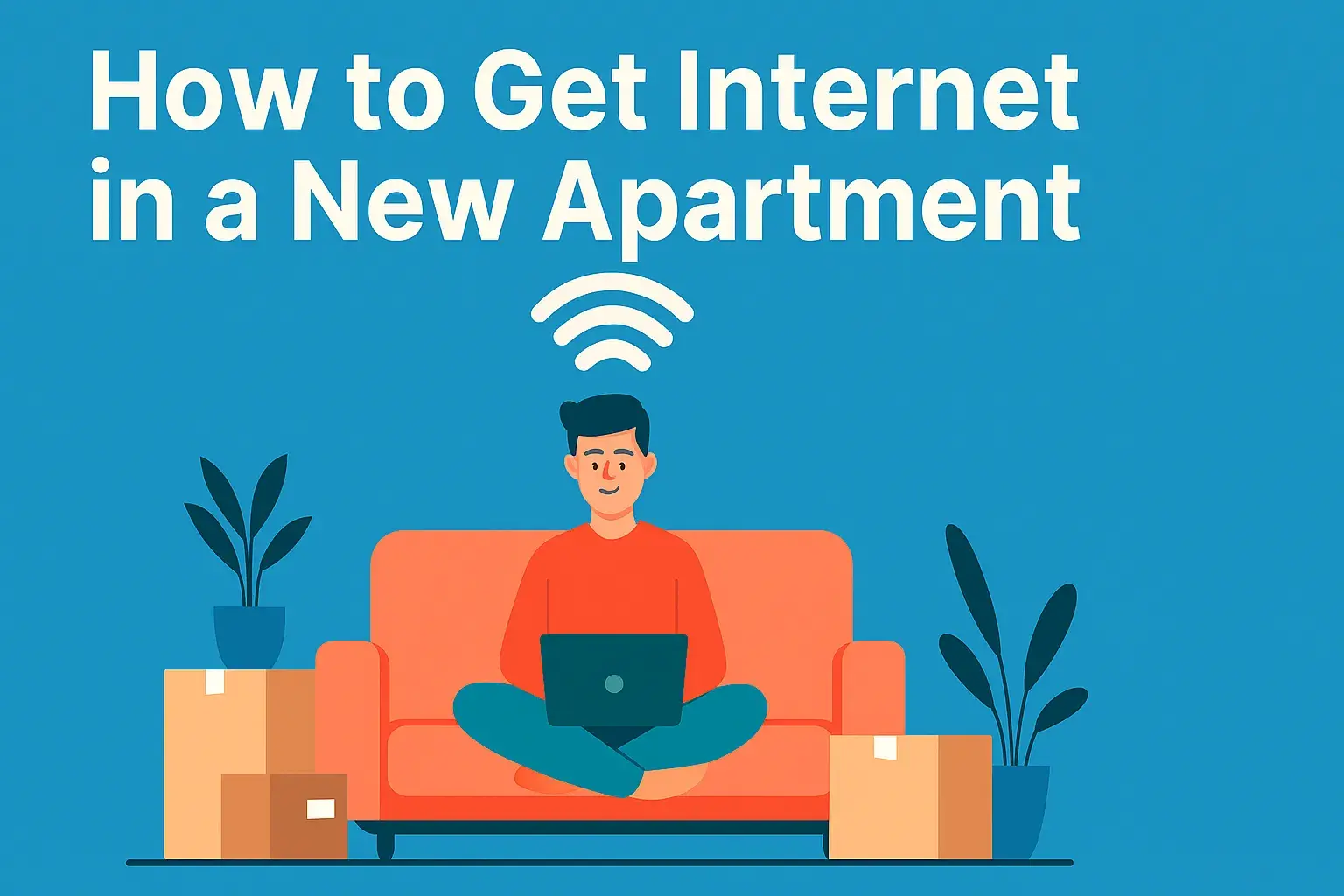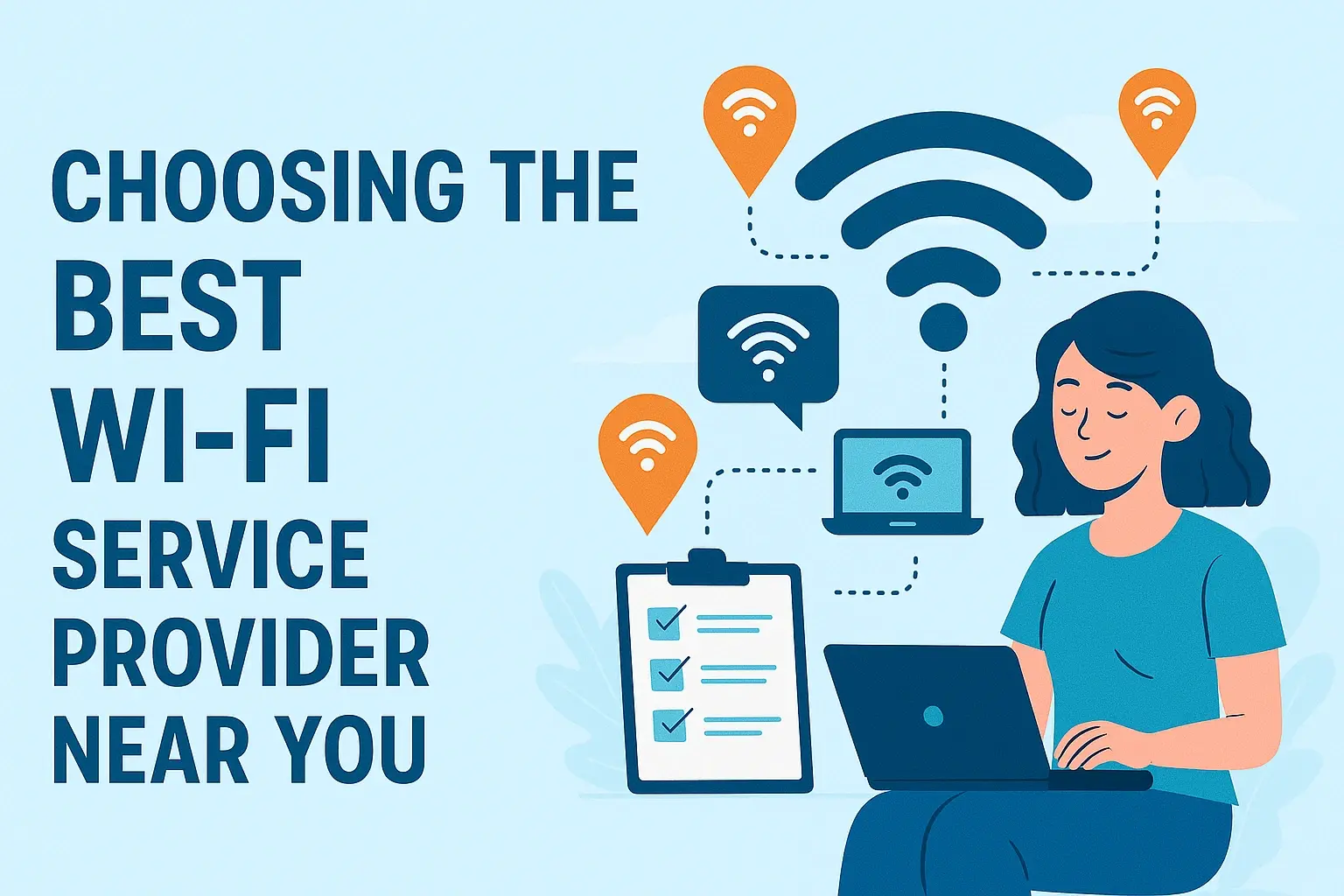Affordable Business Broadband Internet Options
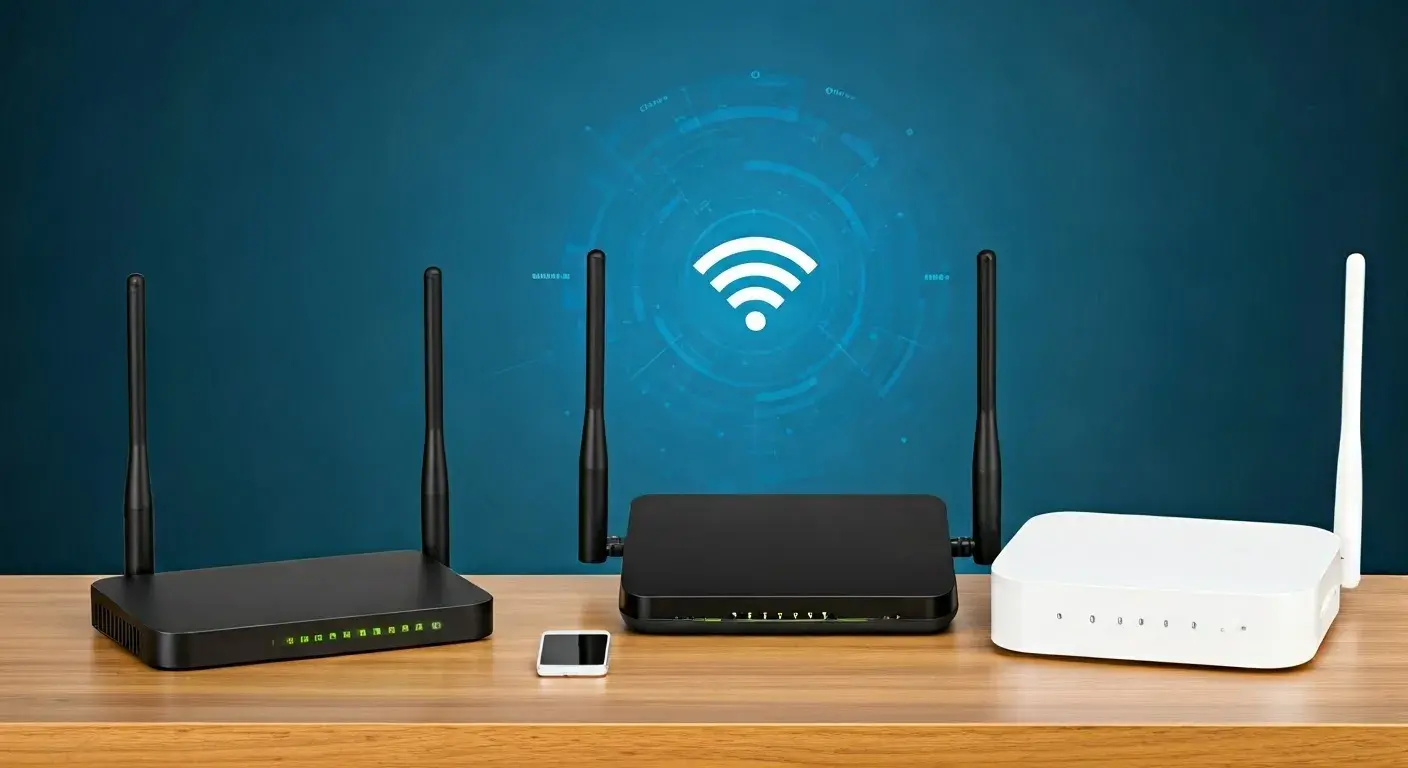
Finding affordable business broadband internet is crucial for modern operations. This guide explores cost-effective solutions, helping you secure reliable, high-speed connections without breaking your budget, ensuring your business stays connected and competitive in 2025.
Understanding Business Broadband: More Than Just Speed
In the fast-paced digital landscape of 2025, a reliable and affordable business broadband internet connection is no longer a luxury; it's a fundamental necessity. For small to medium-sized businesses (SMBs) and even larger enterprises, the internet is the backbone of daily operations, facilitating communication, customer service, sales, marketing, and internal collaboration. However, the term "business broadband" often conjures images of exorbitant costs and complex contracts. This perception can deter businesses from exploring options that could significantly enhance their productivity and profitability without straining their finances. Understanding what constitutes business-grade internet and how it differs from residential plans is the first step towards identifying genuinely affordable solutions.
Why Business Broadband Differs from Residential Internet
While both residential and business broadband plans offer internet access, their underlying infrastructure, service level agreements (SLAs), and features are distinctly different. Residential plans are designed for individual users or families, prioritizing basic connectivity for browsing, streaming, and casual use. Business plans, on the other hand, are engineered for higher demands, offering:
- Guaranteed Uptime and Reliability: Businesses cannot afford downtime. Business broadband often comes with SLAs guaranteeing a certain percentage of uptime (e.g., 99.9%), with penalties for providers if this is not met. Residential plans typically offer "best effort" service, with no such guarantees.
- Higher Bandwidth and Symmetrical Speeds: Many business operations involve uploading large files, video conferencing, or hosting cloud services, requiring significant upload speeds. Business plans often offer symmetrical speeds (equal download and upload), which are rare in residential offerings.
- Static IP Addresses: Essential for hosting servers, VPNs, and remote access, static IP addresses provide a consistent online identity for your business.
- Priority Technical Support: When issues arise, businesses need rapid resolution. Business broadband typically includes dedicated, faster customer and technical support channels.
- Enhanced Security Features: While not always included by default, business plans may offer more robust security options or be more compatible with business-grade security hardware.
The perceived higher cost of business broadband often stems from these enhanced features and dedicated support. However, by carefully evaluating your business's specific needs, you can often find affordable business broadband internet options that provide the necessary performance without unnecessary expenditure.
Assessing Your Business's Internet Needs
Before diving into provider comparisons, it's crucial to conduct an honest assessment of your business's internet requirements. This involves considering:
- Number of Users: How many employees will be simultaneously using the internet?
- Types of Usage: What are the primary online activities? (e.g., email, web browsing, cloud-based applications, VoIP, video conferencing, large file transfers, streaming, website hosting).
- Peak Usage Times: When is internet usage highest in your business?
- Bandwidth Requirements: Estimate the download and upload speeds needed for your most demanding applications. Online bandwidth calculators can be helpful here.
- Reliability Needs: How critical is uninterrupted internet access to your business operations?
- Future Growth: Are you anticipating an increase in users or bandwidth demands in the near future?
For instance, a small accounting firm primarily using cloud-based accounting software and email will have different needs than a graphic design agency that frequently uploads large project files or a retail business relying on constant point-of-sale (POS) system connectivity.
Key Factors Driving Affordable Business Broadband
Several elements influence the cost of business broadband, and understanding these can help you identify the most budget-friendly options. In 2025, the market is more competitive than ever, with providers vying for your business by offering various pricing structures and service bundles.
Geographic Location and Infrastructure Availability
Your physical location is arguably the most significant factor determining internet costs. Areas with extensive fiber optic infrastructure tend to offer higher speeds and more competitive pricing due to increased provider options and lower installation costs for the provider. Conversely, rural or underserved areas may have fewer provider choices, leading to higher prices for slower or less reliable connections. Businesses located in urban centers or established business parks often benefit from greater competition and advanced infrastructure, making affordable business broadband internet options more readily available.
Type of Internet Technology
Different internet technologies offer varying levels of performance and cost. Fiber optic is generally the fastest and most reliable but can be more expensive. Cable internet offers a good balance of speed and affordability. DSL, while older, can still be a viable and cost-effective option for businesses with lower bandwidth needs, especially in areas where fiber or cable is unavailable. Fixed wireless and satellite internet are typically solutions for remote locations, often at a higher cost for comparable speeds.
Speed and Bandwidth Requirements
The higher the speed and bandwidth you require, the more you will generally pay. It's a direct correlation. Businesses often over-provision their internet, paying for speeds they don't actually need. Accurately assessing your usage (as discussed earlier) is paramount to avoiding unnecessary costs. For many SMBs, a connection that offers 100-300 Mbps download and 20-50 Mbps upload might be sufficient and more affordable than top-tier gigabit plans.
Service Level Agreements (SLAs) and Guarantees
The robustness of the SLA directly impacts the price. Plans with guaranteed uptime percentages (e.g., 99.99%) and rapid response times for technical support will naturally cost more than those with more basic assurances. Businesses that can tolerate occasional brief outages or have a good in-house IT team might opt for plans with less stringent SLAs to save money.
Contract Length and Commitments
Providers often offer discounts for longer contract commitments. A 3-year contract will typically be cheaper per month than a month-to-month plan. However, this comes with less flexibility. Businesses that anticipate changes in their needs or location might prefer shorter contracts, even if it means a slightly higher monthly rate, to avoid being locked into an unsuitable or overpriced plan.
Bundled Services and Promotions
Many internet providers offer bundles that include internet, phone (VoIP), and sometimes even TV services. These bundles can sometimes offer cost savings compared to purchasing services individually. Additionally, providers frequently run promotions for new customers, such as discounted introductory rates, free installation, or waived equipment fees. Keeping an eye on these can lead to significant savings on affordable business broadband internet options.
Exploring Affordable Business Broadband Technologies
The technology underpinning your business internet connection plays a critical role in both performance and cost. In 2025, several options are available, each with its own set of advantages and disadvantages for businesses seeking affordability.
Fiber Optic Internet
Description: Fiber optic internet uses strands of glass or plastic to transmit data as light signals. It offers the highest speeds, lowest latency, and greatest reliability.
Affordability Aspect: While historically the most expensive, the cost of fiber has been decreasing as infrastructure expands. For businesses that heavily rely on high-speed data transfer, cloud applications, and consistent uptime, the return on investment can justify the cost, making it an "affordable" option in terms of productivity gains. Many providers now offer tiered fiber plans that can be more budget-friendly.
Pros:
- Extremely high speeds (symmetrical download/upload).
- Very low latency.
- Highly reliable and resistant to interference.
- Future-proof technology.
Cons:
- Availability can be limited, especially in rural areas.
- Installation can be more complex and costly if trenching is required.
- Plans can still be pricier than other technologies for basic needs.
Best For: Businesses with high bandwidth demands, heavy cloud usage, VoIP, video conferencing, and a critical need for uptime.
Cable Internet
Description: Cable internet uses the same coaxial cable network that delivers cable television. It shares bandwidth with other users in the neighborhood, meaning speeds can fluctuate during peak hours.
Affordability Aspect: Cable internet generally offers a good balance between speed and cost. It's widely available in most urban and suburban areas and is often more affordable than fiber, especially for moderate bandwidth needs. Many providers offer business-specific cable plans with better SLAs than residential ones.
Pros:
- Widely available.
- Good download speeds, often sufficient for many business tasks.
- More affordable than fiber in many areas.
- Relatively quick installation.
Cons:
- Upload speeds are typically much lower than download speeds (asymmetrical).
- Performance can degrade during peak usage times due to shared bandwidth.
- SLAs are often less robust than fiber.
Best For: Small to medium-sized businesses with moderate internet needs, primarily focused on downloads, web browsing, and standard office applications.
DSL (Digital Subscriber Line) Internet
Description: DSL uses existing telephone lines to transmit data. It's an older technology but can still be a viable option, especially for businesses in areas lacking fiber or cable infrastructure.
Affordability Aspect: DSL is often the most budget-friendly option available, particularly for businesses with very basic internet requirements. It's ideal for businesses that primarily use email, conduct light web browsing, and don't require high bandwidth.
Pros:
- Highly affordable.
- Widely available where telephone service exists.
- Dedicated connection to the local exchange, so less affected by neighborhood congestion than cable.
Cons:
- Speeds are significantly lower than fiber or cable, especially over longer distances from the exchange.
- Upload speeds are very limited.
- Can be unreliable for bandwidth-intensive applications.
Best For: Small businesses with minimal internet needs, such as basic email, web browsing, and infrequent use of cloud services.
Fixed Wireless Internet
Description: Fixed wireless uses radio waves to connect a business to a provider's access point. It requires a clear line of sight between the business's antenna and the provider's tower.
Affordability Aspect: This can be a cost-effective solution for businesses in areas where wired infrastructure is difficult or expensive to deploy, such as some suburban or semi-rural locations. It can offer competitive speeds at a reasonable price point.
Pros:
- Can be deployed relatively quickly.
- Good option for areas without fiber or cable.
- Speeds can be comparable to cable in some cases.
Cons:
- Requires a clear line of sight.
- Performance can be affected by weather conditions.
- Availability is geographically dependent.
Best For: Businesses in areas where wired options are limited or costly, and a clear line of sight to a provider's tower is possible.
Satellite Internet
Description: Satellite internet uses a satellite dish to transmit and receive data from an orbiting satellite. It's typically used in very remote locations where other options are unavailable.
Affordability Aspect: While it offers connectivity in the most challenging locations, satellite internet is generally one of the most expensive options per megabit, with higher latency and data caps.
Pros:
- Available virtually anywhere with a clear view of the sky.
Cons:
- High latency.
- Often has data caps and slower speeds.
- Can be expensive.
- Susceptible to weather interference.
Best For: Businesses in extremely remote or isolated areas with no other viable internet options.
Comparison Table: Technology vs. Affordability & Performance
| Technology | Typical Affordability (Low to High) | Typical Speed Range (Mbps) | Best Use Case for Affordability |
|---|---|---|---|
| DSL | Very Low | 5-100 (Download), 1-10 (Upload) | Basic email, web browsing, minimal cloud use. |
| Cable | Low to Medium | 50-1000+ (Download), 10-50+ (Upload) | General office use, moderate cloud apps, VoIP. |
| Fixed Wireless | Medium | 25-300+ (Download), 5-50+ (Upload) | Areas lacking wired infrastructure, moderate needs. |
| Fiber Optic | Medium to High | 100-10000+ (Download & Upload) | High-demand applications, cloud-intensive, critical uptime. |
| Satellite | High | 12-100+ (Download), 1-5+ (Upload) | Extremely remote locations only. |
How to Find Affordable Business Broadband Providers and Plans
Navigating the landscape of business internet providers can be daunting, but a systematic approach can uncover the most affordable business broadband internet options tailored to your specific needs. The key is to be proactive, informed, and willing to negotiate.
Step 1: Identify Potential Providers in Your Area
The first step is to determine which providers offer service at your business address. Not all providers operate in every location, and the type of technology available (fiber, cable, DSL) will vary. Use online tools provided by major ISPs, or third-party comparison websites that allow you to enter your address and see available options.
- Major ISPs: Companies like Verizon, AT&T, Spectrum (Charter), Xfinity (Comcast), Cox, Lumen Technologies, and regional providers are common.
- Smaller/Regional Providers: Don't overlook smaller, local ISPs, especially in less populated areas. They can sometimes offer competitive pricing or specialized services.
- Fixed Wireless Providers: Search for local fixed wireless providers who specialize in serving areas where wired infrastructure is lacking.
Step 2: Research Business-Specific Plans
Once you have a list of potential providers, visit their websites and look specifically for their business internet offerings. Avoid comparing residential plans, as they lack the necessary features and support for business use. Pay close attention to:
- Advertised Speeds: Look at both download and upload speeds.
- Data Caps: Ensure there are no restrictive data caps that could incur overage charges. Most business plans offer unlimited data.
- Service Level Agreements (SLAs): Understand the uptime guarantees and support response times.
- Equipment Fees: Are modems/routers included, or are there monthly rental fees?
- Installation Fees: What are the upfront costs for setup?
- Contract Terms: Note the length of the contract and any early termination fees.
Step 3: Compare Pricing and Value
This is where you'll start to identify affordable business broadband internet options. Create a spreadsheet to compare key metrics side-by-side:
- Monthly Service Cost: The base price for the internet plan.
- One-Time Fees: Installation, activation, equipment purchase.
- Total First-Year Cost: Monthly cost x 12 + one-time fees.
- Cost per Mbps: Divide the monthly cost by the advertised download speed to get a rough idea of value.
- Symmetrical vs. Asymmetrical Speeds: Factor in the importance of upload speed for your business.
Remember that the cheapest plan isn't always the best value. A slightly more expensive plan with significantly better speed, reliability, or support might be more cost-effective in the long run by preventing costly downtime or improving productivity.
Step 4: Contact Providers and Negotiate
The most effective way to secure the best pricing is to talk directly to sales representatives. Don't be afraid to negotiate. Here are some tips:
- Be Prepared: Know your needs and what competitors are offering.
- Ask for Business Discounts: Many providers have specific promotions for new business customers.
- Inquire About Bundles: If you also need phone service, ask about bundled VoIP plans.
- Negotiate Fees: Try to get installation or activation fees waived, especially if you're signing a longer contract.
- Ask About Introductory Offers: Understand how long the promotional pricing lasts and what the price will be afterward.
- Request a Quote: Get all pricing and terms in writing.
Example Scenario: A small marketing agency needs reliable internet for cloud-based project management tools and video conferencing. They assess their needs and find they require around 200 Mbps download and 50 Mbps upload. They identify two providers: Provider A offers a 300/50 Mbps cable plan for $99/month with a 2-year contract and a $100 installation fee. Provider B offers a 200/50 Mbps fiber plan for $110/month with a 1-year contract and a $50 installation fee. While Provider A is cheaper monthly, Provider B offers symmetrical speeds and is fiber, which is generally more reliable. The agency might negotiate with Provider B to waive the installation fee or get a discount for the first three months, making it a more compelling affordable business broadband internet option for their specific needs.
Step 5: Read the Fine Print
Before signing any contract, thoroughly read all terms and conditions. Pay attention to:
- Contract Length and Early Termination Fees (ETFs): Understand the penalties for breaking the contract.
- Price Increases: Are there clauses that allow for price hikes after the promotional period or during the contract?
- Data Usage Policies: Confirm unlimited data and understand any potential throttling policies.
- Service Outage Procedures: What happens if your service goes down? What are the provider's responsibilities?
Smart Strategies for Cost-Saving on Business Internet
Beyond selecting the right provider and plan, several ongoing strategies can help your business maintain affordable business broadband internet access without compromising performance. These tactics focus on optimizing usage, leveraging technology, and staying vigilant.
Regularly Review Your Internet Usage and Needs
Your business's internet requirements can change over time. What was sufficient a year ago might be insufficient or, conversely, overkill today. Schedule a review of your internet usage at least annually, or whenever significant changes occur (e.g., hiring new staff, adopting new cloud software, increasing remote work). This reassessment can reveal opportunities to downgrade to a less expensive plan if your needs have decreased or to upgrade strategically if you're experiencing performance bottlenecks that impact productivity.
Actionable Step: Use network monitoring tools or ask your IT provider to analyze your bandwidth consumption patterns. Identify peak usage times and the applications that consume the most bandwidth.
Negotiate Your Contract at Renewal
When your contract is nearing its end, don't automatically accept the standard renewal rates. Providers often have more flexibility to offer competitive pricing to retain existing customers than to acquire new ones. Use the research you've done on current market rates and competitor offers as leverage.
Actionable Step: Contact your provider 60-90 days before your contract expires. Inquire about renewal specials, ask if they can match competitor pricing, and be prepared to walk away if they are unwilling to offer a satisfactory rate. Sometimes, threatening to switch can prompt a better offer.
Consider Bundling Services (Wisely)
As mentioned earlier, bundling internet with other services like VoIP phone lines can sometimes lead to discounts. However, carefully evaluate if you genuinely need the bundled services and if the combined price is truly lower than purchasing them separately from different providers. For instance, if your business already has a robust VoIP system or prefers a different phone provider, bundling might not be cost-effective.
Actionable Step: Ask providers for a detailed breakdown of bundled pricing versus individual service costs. Ensure the bundled package meets all your communication and internet needs.
Leverage Business Internet Rebates and Promotions
Providers frequently offer seasonal promotions, new customer discounts, or rebates for specific equipment. Stay informed about these offers. While introductory discounts are common, look for any ongoing rebates or loyalty programs that can further reduce your monthly expenditure.
Actionable Step: Subscribe to newsletters from your ISP and major technology news outlets. Periodically check provider websites for current deals.
Optimize Your Network Infrastructure
Sometimes, perceived slow internet speeds are not due to the ISP's service but rather an inefficient internal network. Outdated routers, poor Wi-Fi signal strength, or too many devices on a single network segment can all degrade performance. Investing in modern, business-grade networking equipment can ensure you're getting the most out of the bandwidth you're paying for.
Actionable Step: Ensure your router is capable of handling your subscribed speeds. Consider mesh Wi-Fi systems for larger offices or strategically placed access points to eliminate dead zones. Regularly update router firmware.
Explore Government and Local Programs
In some regions, government initiatives or local economic development programs may offer subsidies or grants for businesses to improve their internet connectivity, especially in underserved areas. These programs are designed to boost economic growth and can significantly reduce the cost of high-speed internet.
Actionable Step: Research federal, state, and local government websites for small business resources and broadband initiatives. Contact your local Chamber of Commerce or economic development office.
Consider Dedicated Internet Access (DIA) vs. Shared Bandwidth
While often more expensive, Dedicated Internet Access (DIA) provides a guaranteed portion of bandwidth, meaning your speeds are not affected by other users. For businesses with extremely critical uptime and performance needs, the cost of DIA might be justified. However, for many SMBs, carefully selected cable or fiber plans with good SLAs offer sufficient performance at a much lower cost, making them the truly affordable business broadband internet option.
Actionable Step: Understand the difference between shared bandwidth (cable, DSL, many fiber plans) and dedicated bandwidth. Assess if your business truly requires the guaranteed performance of DIA or if a robust shared connection will suffice.
The Future of Affordable Business Broadband in 2025 and Beyond
The landscape of business internet connectivity is continually evolving, driven by technological advancements, increasing demand for bandwidth, and a competitive marketplace. For businesses seeking affordable business broadband internet options, the future looks promising, with trends pointing towards greater accessibility, higher speeds, and more flexible service models.
Continued Expansion of Fiber Optic Networks
The rollout of fiber optic infrastructure is accelerating globally. As more areas gain access to fiber, competition increases, driving down prices. Providers are also innovating with different fiber deployment models, including mid-mile fiber projects and partnerships with municipalities, making fiber more attainable for a wider range of businesses. By 2025, fiber is expected to be the dominant technology for high-speed business internet, offering more affordable tiered plans than ever before.
Advancements in Wireless Technologies
Beyond traditional fixed wireless, the expansion of 5G and future cellular technologies will play a significant role. 5G fixed wireless access (FWA) is already offering competitive speeds and lower latency, providing a viable alternative to wired connections, especially in areas where trenching fiber is prohibitively expensive. As 5G networks mature and coverage expands, businesses can expect more robust and affordable wireless broadband solutions.
Increased Competition and Innovative Pricing Models
The market for business internet is becoming increasingly fragmented and competitive. Beyond the major players, a surge in regional providers, specialized fixed wireless operators, and even municipal broadband initiatives are creating more choices. This competition naturally leads to more attractive pricing, flexible contract terms, and innovative service bundles designed to meet the diverse needs of SMBs.
We are also seeing a shift towards more usage-based or modular pricing, where businesses can scale their bandwidth up or down more easily. This flexibility is crucial for businesses with fluctuating demands or those operating in project-based industries.
Focus on Enhanced Reliability and Security
As businesses become more reliant on digital infrastructure, the demand for guaranteed uptime and robust security will continue to grow. Providers are responding by offering more sophisticated SLAs, integrated security features, and proactive network monitoring. While these premium services might come at a higher cost, the overall trend is towards making essential reliability and security features more accessible within standard business broadband packages, contributing to the overall value proposition of affordable options.
The Role of AI and Automation
Artificial intelligence and automation are set to streamline network management and customer support. This can lead to more efficient service delivery, faster issue resolution, and potentially lower operational costs for providers, which can translate into savings for businesses. AI-powered network diagnostics can predict and prevent outages, ensuring greater reliability.
For businesses in 2025 and beyond, the outlook for affordable business broadband internet options is bright. By staying informed about technological advancements, understanding their specific needs, and actively engaging with providers, businesses can secure high-quality, reliable internet connections that support their growth and success without breaking the bank.
In conclusion, securing affordable business broadband internet in 2025 is achievable through informed decision-making and strategic planning. By understanding the differences between residential and business plans, accurately assessing your needs, exploring available technologies like fiber, cable, and fixed wireless, and diligently comparing provider offerings, you can identify cost-effective solutions. Remember to negotiate terms, leverage promotions, and regularly review your service to ensure it remains optimal for your business. Prioritizing reliability and necessary speeds over excessive bandwidth will lead to the most sustainable and budget-friendly outcomes, empowering your business to thrive in the digital age.

